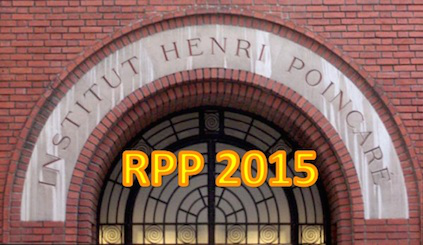Orateur
Dr
Scott Robertson
(LPT Orsay)
Description
Hawking radiation, despite being known to theoretical physics for 40 years, remains an elusive phenomenon. It also suffers, in its original context of gravitational black holes, from practical and conceptual difficulties. In order to gain better theoretical understanding and, it is hoped, experimental verification of Hawking radiation, much study is being devoted to laboratory systems which use moving media to model the spacetime geometry of black holes. I shall briefly describe the analogy between black holes and moving media, and show how it can shed new light on the seemingly exotic phenomenon of Hawking radiation.
Summary
Hawking radiation, despite being known to theoretical physics for 40 years, remains an elusive phenomenon. It also suffers, in its original context of gravitational black holes, from practical and conceptual difficulties. In order to gain better theoretical understanding and, it is hoped, experimental verification of Hawking radiation, much study is being devoted to laboratory systems which use moving media to model the spacetime geometry of black holes. I shall briefly describe the analogy between black holes and moving media, and show how it can shed new light on the seemingly exotic phenomenon of Hawking radiation.

